1. Perfectly Matched Furniture Sets from One Brand

When every piece of furniture—the sofa, chairs, coffee table, and media console—comes from the same retailer or product line, it starts to look more catalog than curated. It’s a telltale sign of sponsored content, where full-room setups are provided by a single brand for cohesion and marketing impact. But in real life, homes evolve over time—not overnight in one truckload.
A more authentic space mixes styles, eras, and materials. Variation shows taste. Uniformity often signals a contract. Design isn’t just coordination—it’s curation.
2. Always-On-Trend Decor (To the Minute)
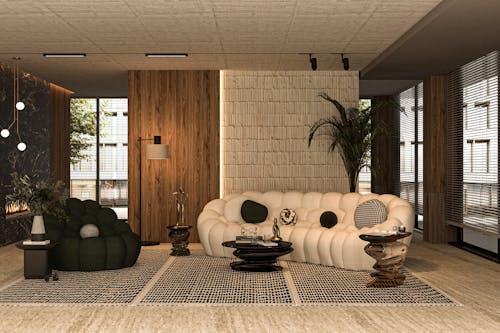
Checkerboard rugs, squiggle mirrors, fluted wood details—if a home is packed with every item currently trending on Instagram or TikTok, it often points to brand partnerships or influencer-inspired buys. These spaces chase virality rather than personality. They’re designed to be “liked,” not lived in.
Truly personal spaces blend timeless pieces with a few trend-forward accents. If every object feels algorithm-approved, it might have been. Style should reflect the person—not the platform.
3. Identical Styling Techniques Across Rooms

Every shelf styled with a trailing plant, a stack of color-coordinated books, and a ceramic knot? Every coffee table topped with a tray, a candle, and two stacked books? When rooms repeat the same visual formulas, it starts to look templated. That kind of consistency can signal a sponsored styling brief—or someone mimicking one.
Styling should respond to the space, not stick to a script. Repetition reveals influence. Variation reveals instinct.
4. Overly Perfect Lighting in Photos
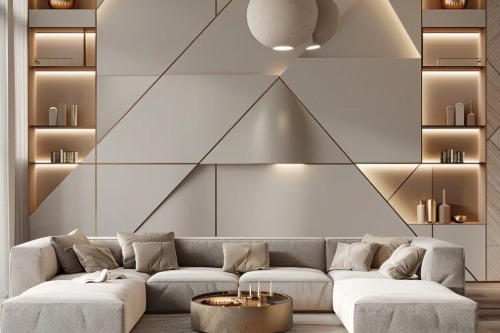
If every room glows with soft, even light—no harsh shadows, no real-life contrast—it might be staged for content. Natural light isn’t uniform across a house, and real homes aren’t lit for photographers. This polished glow often comes from editing or lighting setups used in brand shoots.
While great lighting helps showcase design, overly perfect lighting can make a home feel performative. A little imperfection proves life is happening—right there in the photo.
5. Lack of Personal Items or Mess
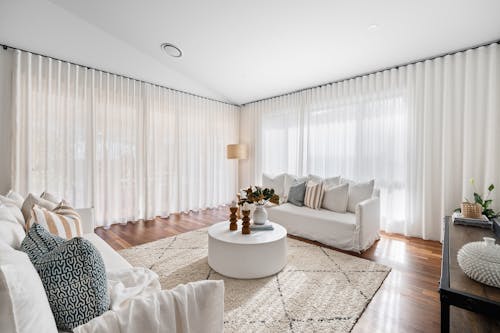
A home without visible signs of real life—no mail, no dog toys, no charging cords—is often one designed for content rather than comfort. Sponsored spaces tend to strip away mess to keep the focus on products. But those gaps also strip away soul.
Photos with a little lived-in energy feel more honest. Homes with personality show books mid-read and blankets mid-snuggle. Personal design makes space for the human, not just the product.
6. Branded Product Tagging or Shopping Links
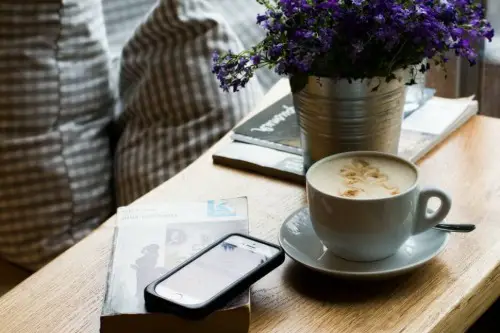
If every piece in a room is labeled and linked—especially in a single caption or highlight—it’s probably a sponsored setup. While it’s helpful for followers who want to shop the look, it also reveals that the design decisions may have been driven by availability and partnership rather than true preference.
Sponsored content isn’t inherently bad—but transparency helps. A tagged item or two is normal. A fully linked room is marketing.
7. Inconsistent Style with the Rest of the Home
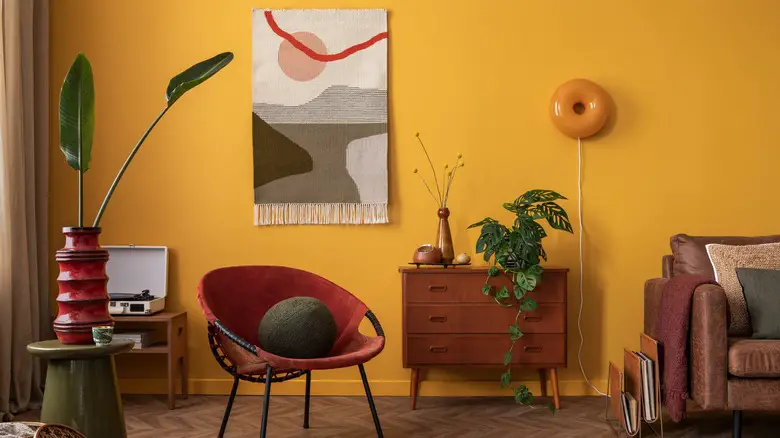
When one room feels ultra-designed—like a professionally staged showroom—but the rest of the house is more casual or under-decorated, it might be a brand-sponsored project. Influencers often redesign one space with a partner, and it can stand out like a sore thumb.
Consistent style shows continuity. Sponsored design can feel dropped in from another universe. Cohesion tells the real story.
8. Wall Art That Doesn’t Say Anything
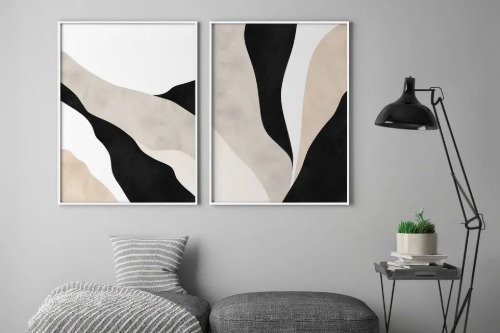
Abstract shapes, black-and-white line drawings, or generic motivational quotes in perfect fonts—when the art feels impersonal, it’s often chosen for aesthetics or brand appeal, not sentiment. Sponsored homes tend to use safe, broadly appealing pieces that won’t distract from the promoted product.
Real art feels risky, specific, and meaningful. It’s the difference between decorating and storytelling. The walls should speak for you—not a style algorithm.
This post 8 Things That Reveal a Home Was Decorated Entirely from Sponsored Content was first published on Greenhouse Black.
